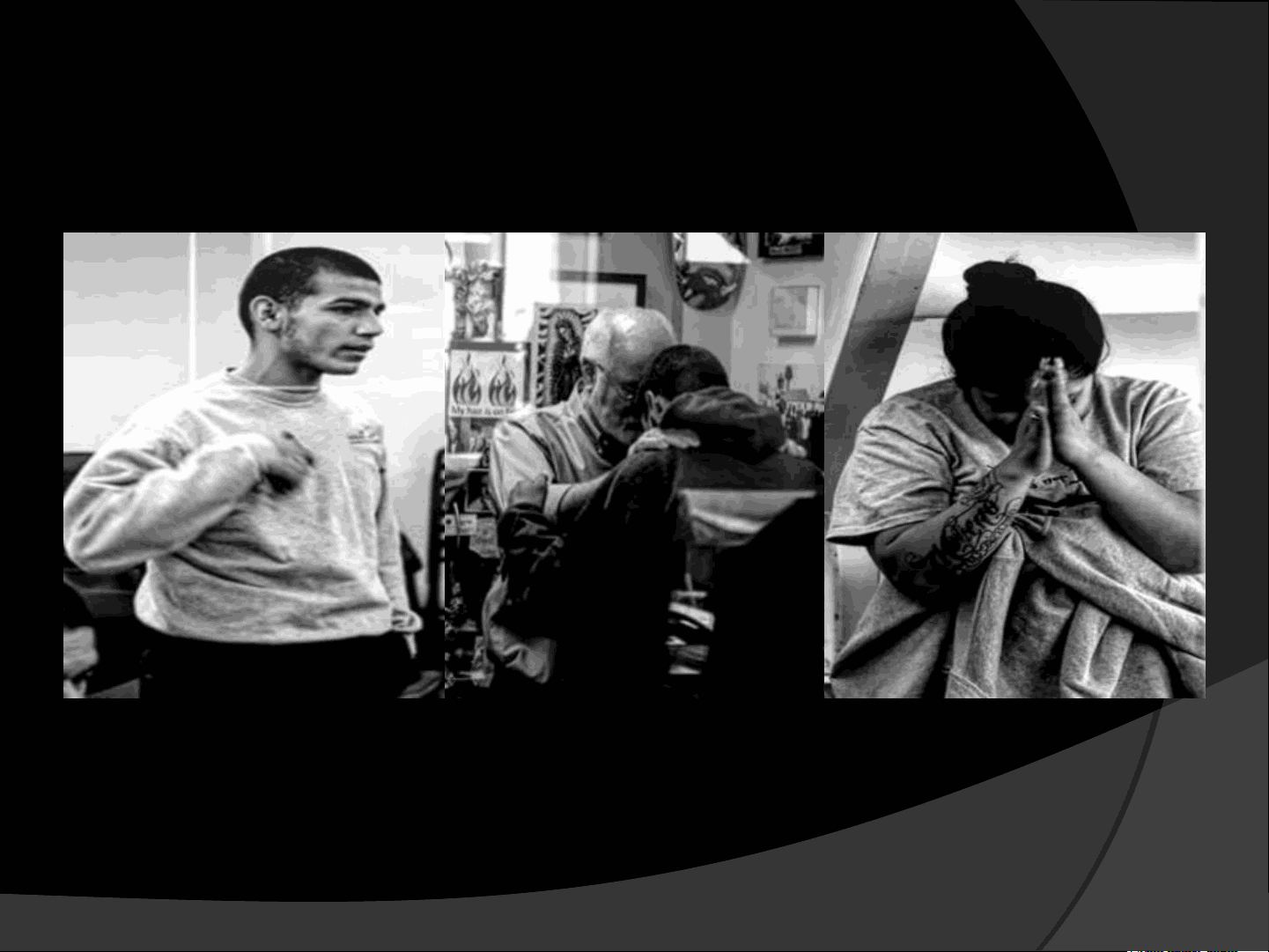


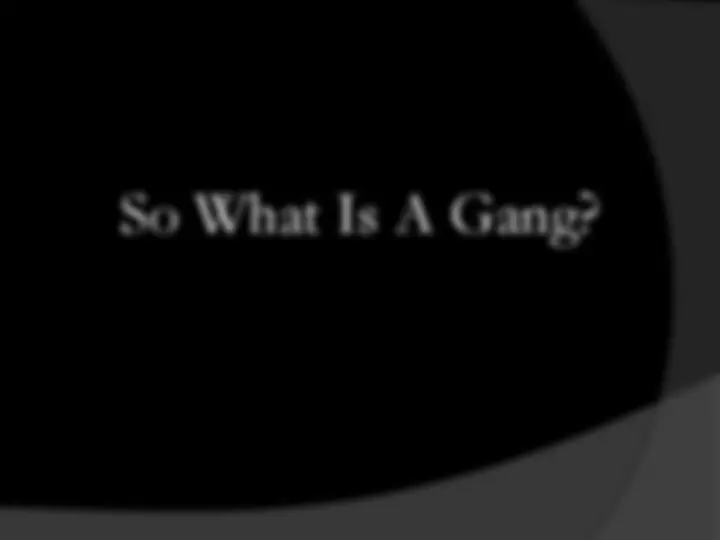



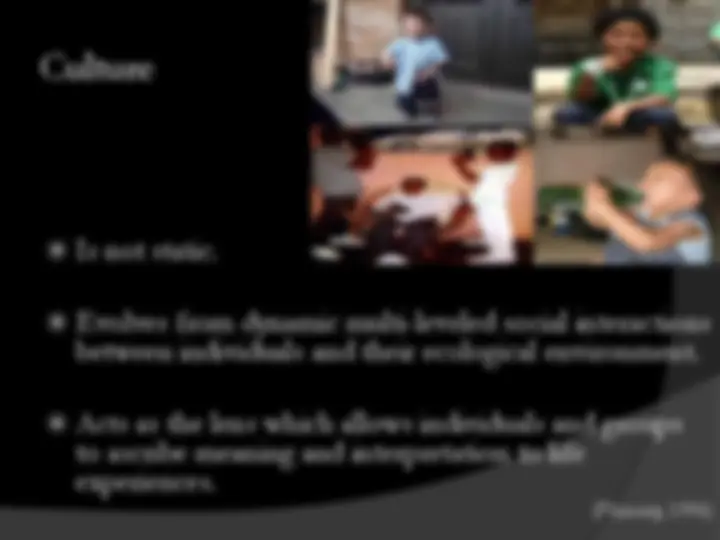


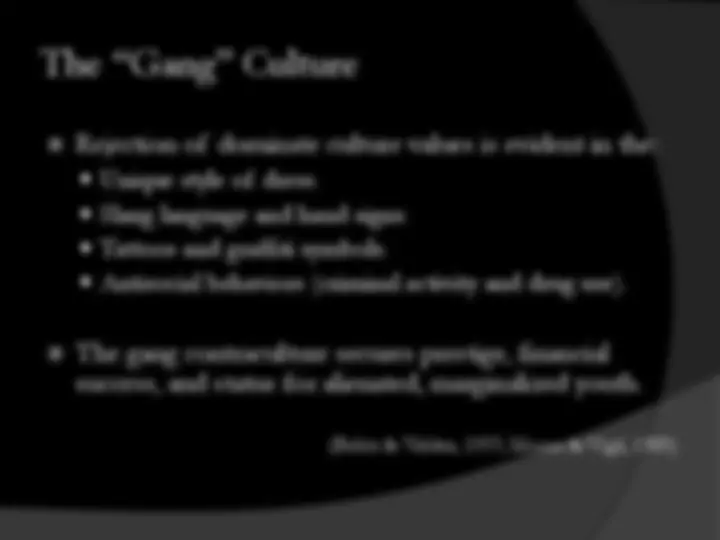
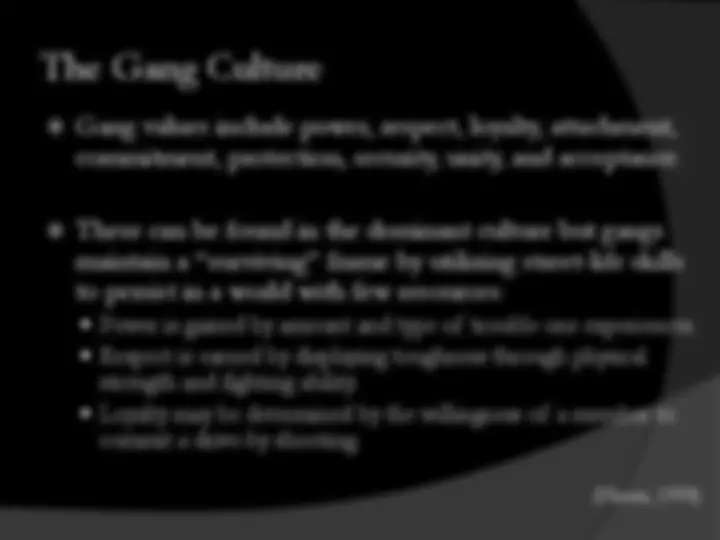
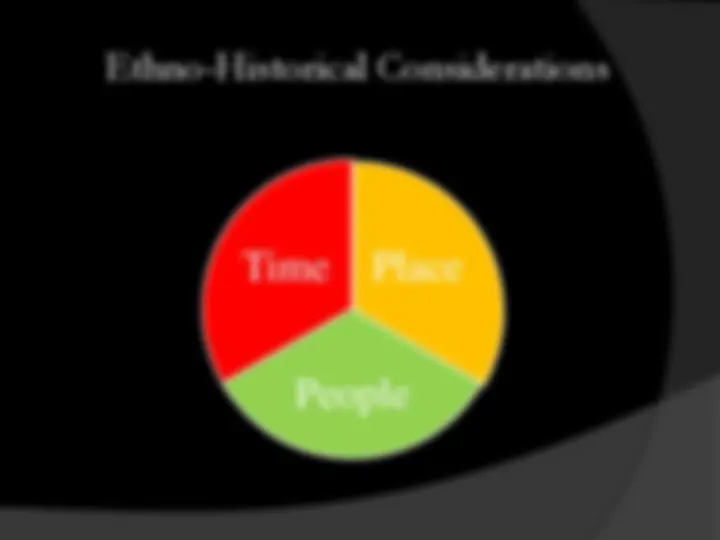

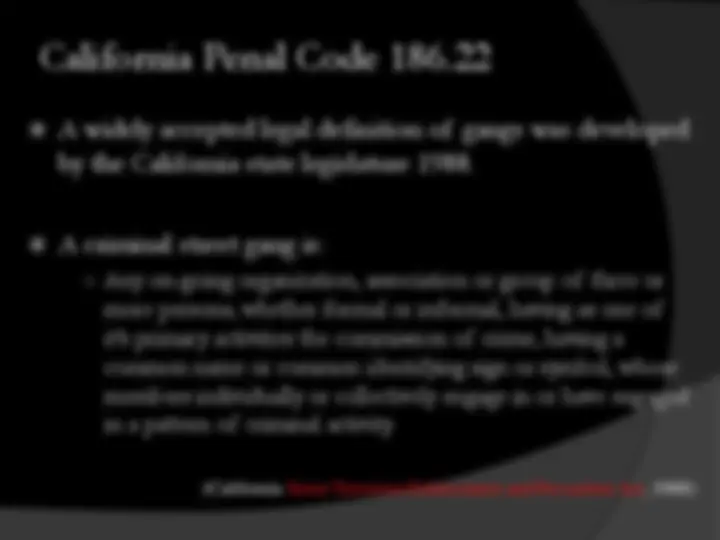
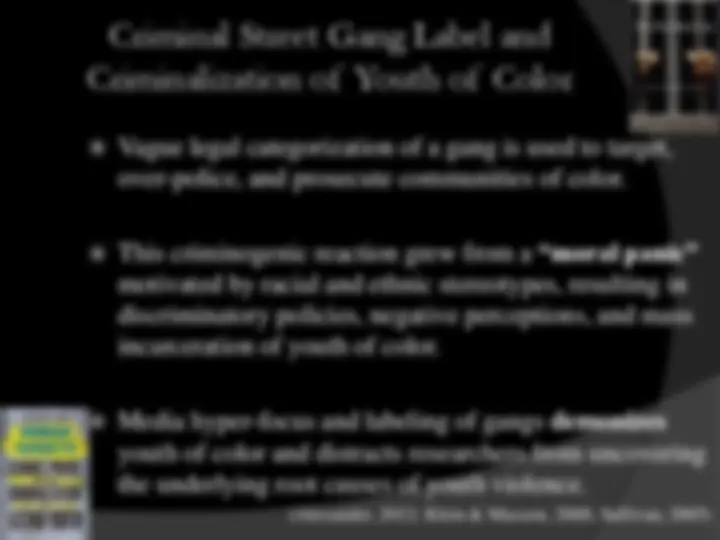
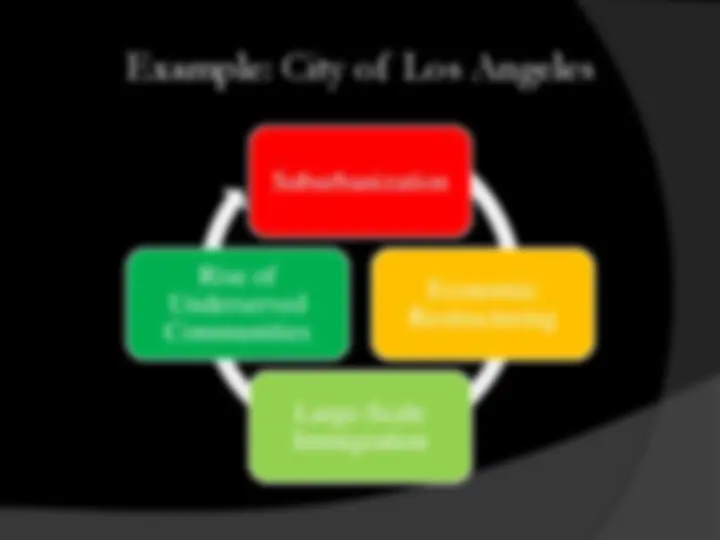
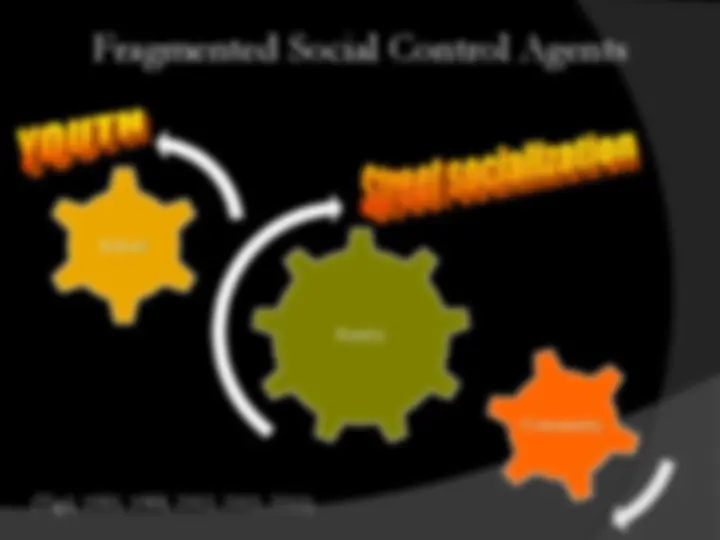
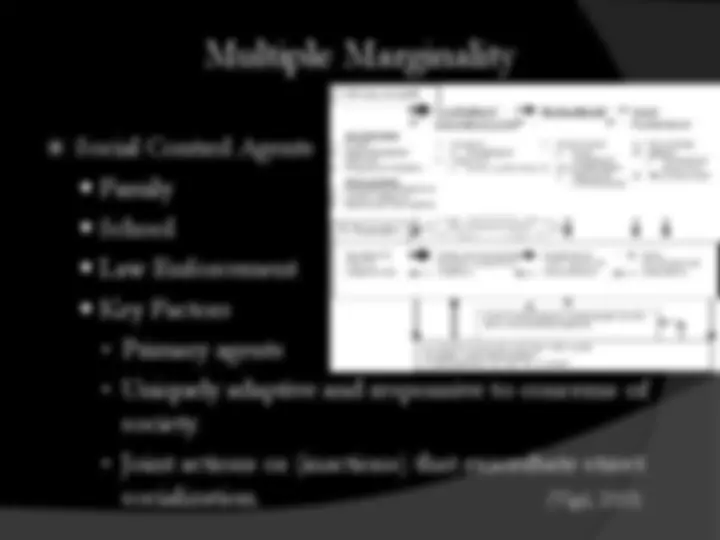
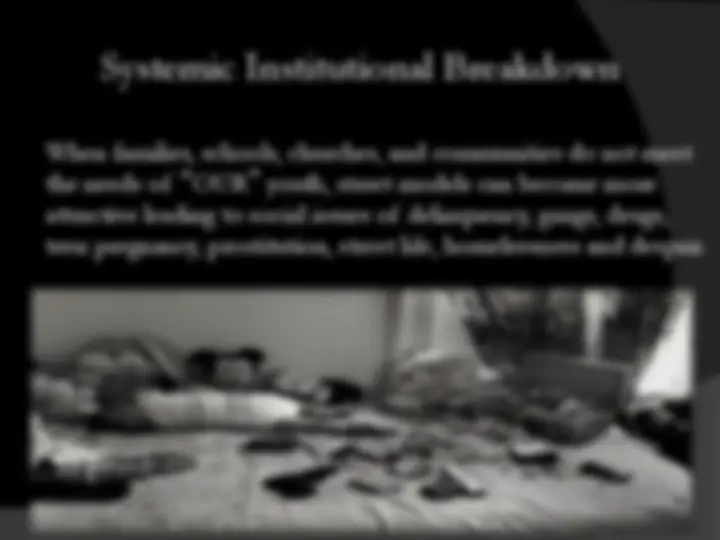
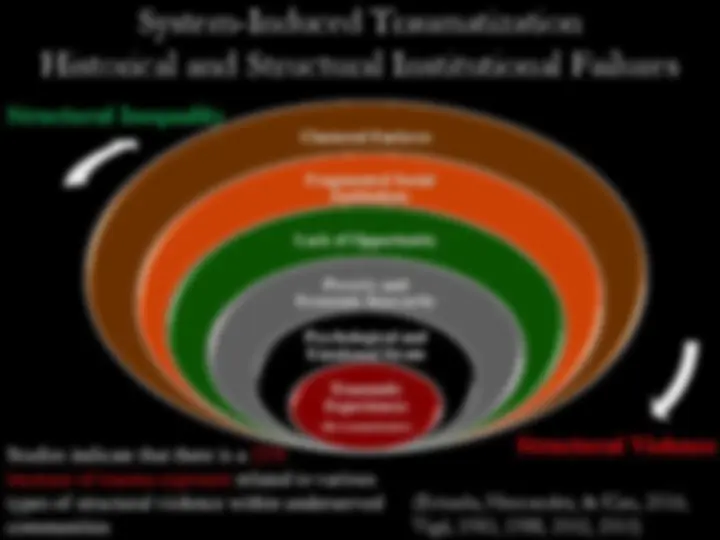

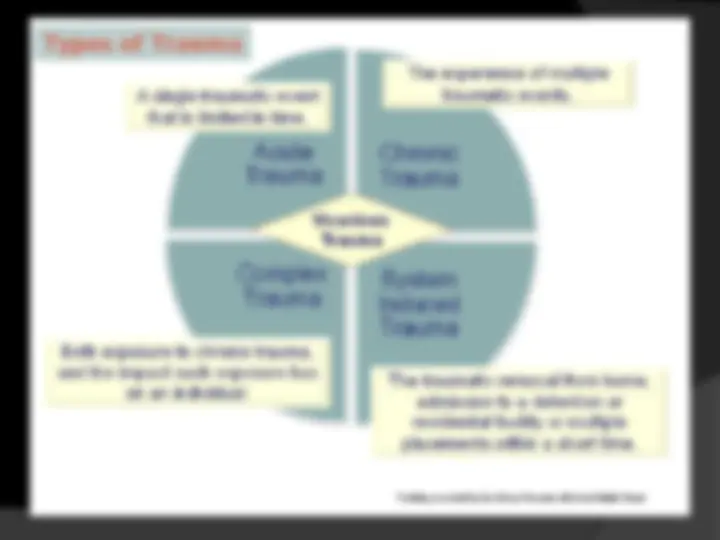
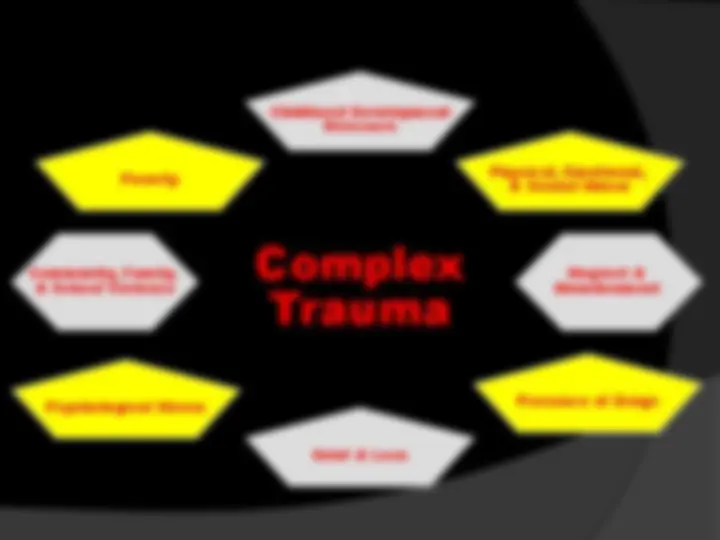
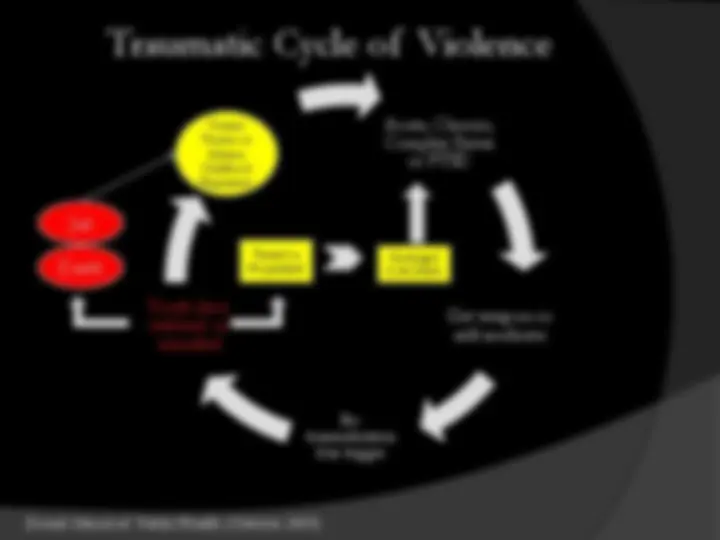
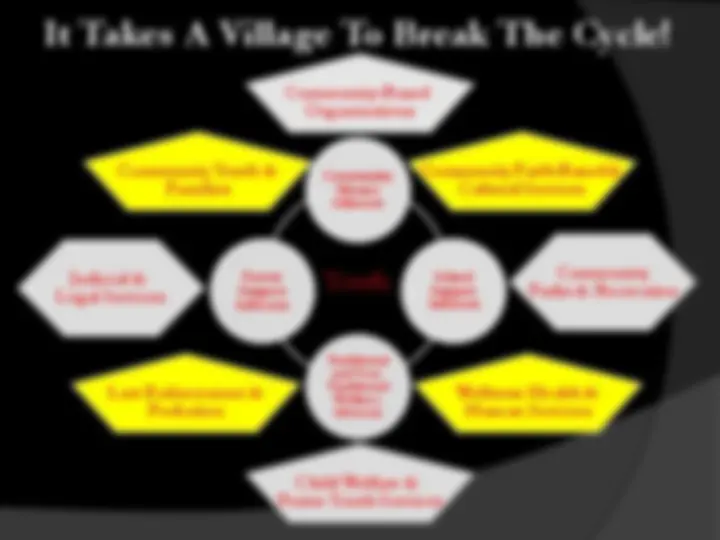

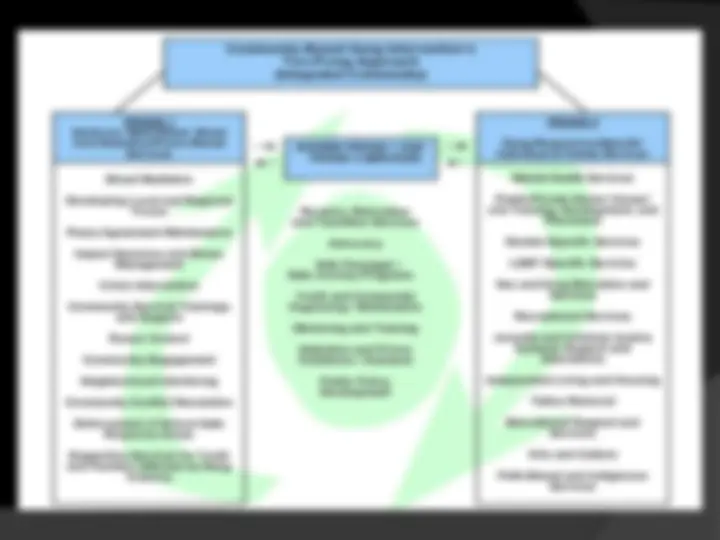


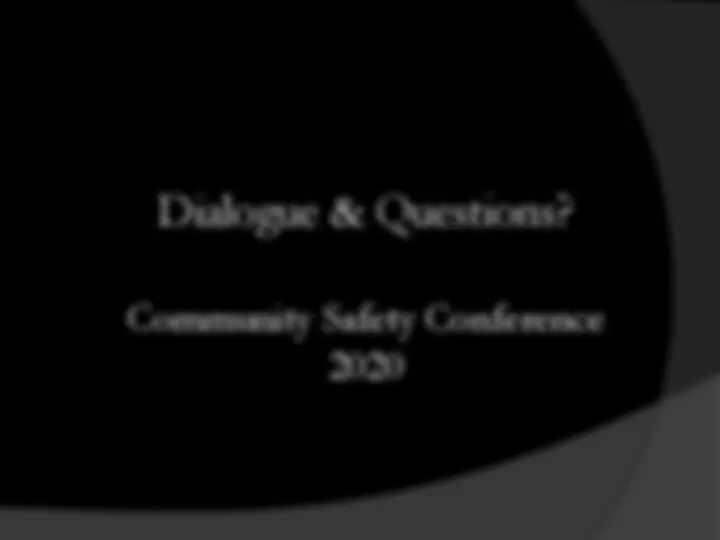



Study with the several resources on Docsity

Earn points by helping other students or get them with a premium plan


Prepare for your exams
Study with the several resources on Docsity

Earn points to download
Earn points by helping other students or get them with a premium plan
Community
Ask the community for help and clear up your study doubts
Discover the best universities in your country according to Docsity users
Free resources
Download our free guides on studying techniques, anxiety management strategies, and thesis advice from Docsity tutors
Contemporary Gang Theory in explain stereotypes of gang members, difinition of gang and cultural framing, social control agents and street socialization and community-based two prong intervention model.
Typology: Slides
1 / 39

This page cannot be seen from the preview
Don't miss anything!
































Contemporary Gang Theory Considering Definitional Issues, Cultural Components, and Impact of Trauma When Working With Vulnerable Youth Susceptible to Gang-Involvement Robert Hernandez, MSW, DSW Presented to CASA January 24, 2020
Activity Stereotypes of Gang Members Definition of a Gang and Cultural Framing Ethno-Historic Considerations System-Induced Traumatization Social Control Agents and Street Socialization Traumatic Experiences For Marginalized Communities Multi-Systemic Socio-Ecological Approach Community-Based Two Prong Intervention Model Implications for Practice Healing Circle Facilitation
Society as a whole, along with law enforcement may place assumptions on adolescent’s ethnic identity. Popular media portrayal of gangs. Popular thinking has it that all gangs are violent. Misperceptions that youth are gang-involved and violent based on family or friend affiliations with a gang. (Zastrow & Kirst-Ashman, 2004)
National figures from surveys tend to over-or-under- estimate the number of gangs and gang members. ○ LA TIMES ARTICLE Gang crime stats may be inaccurately reported. Comparative cross-cultural research becomes problematic without a consistent definition. A “gang” then is just a label, and the conventional discourse perpetuates stereotypes of inner-city youth as violent criminals to give an identity to this label. (Rios, 2017; Klein & Maxson, 2006; Sheldon, Tracy, & Brown, 2013)
(Phinney, 1996)
Individuals or groups (e.g., racial tensions) Environmental, social, political and/or historical differences (e.g., westernized school context, civil war refugees)
Adolescent alienation results when family, schools, and other institutions fail to meet youth needs (Clark, 1992). Youth navigating “white spaces” are often punitively punished by schools, law enforcement, and others. Human targets of the “youth control complex.” (Rios, 2011) Identification with the “gang” cultural framing provides: Sense of belonging to a family type system. Sense of being fully accepted and validated. Sense of competency and mastery. An accepted means of managing psychological distress. Sense of personal cultural identity and freedom. (Belitz & Valdez, 1997)
Gang values include power, respect, loyalty, attachment, commitment, protection, security, unity, and acceptance. These can be found in the dominant culture but gangs maintain a “surviving” frame by utilizing street-life skills to persist in a world with few resources: Power is gained by amount and type of trouble one experiences. Respect is earned by displaying toughness through physical strength and fighting ability. Loyalty may be determined by the willingness of a member to commit a drive-by shooting. (Hasan, 1998)
Place People Time